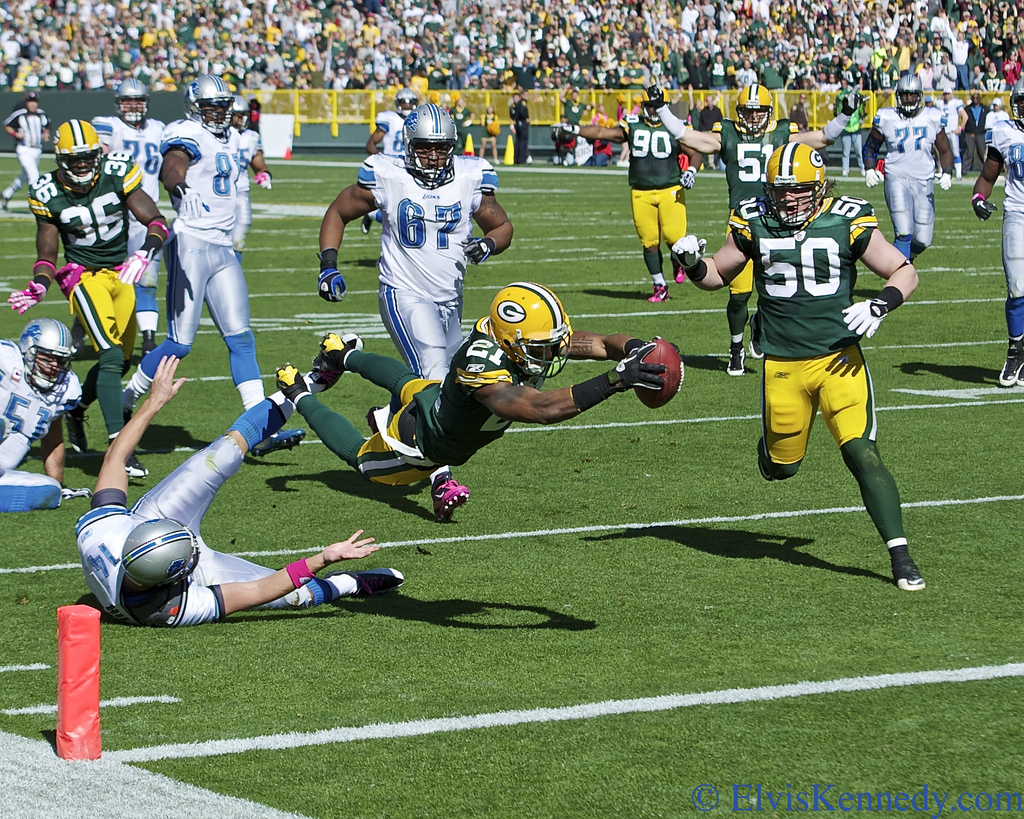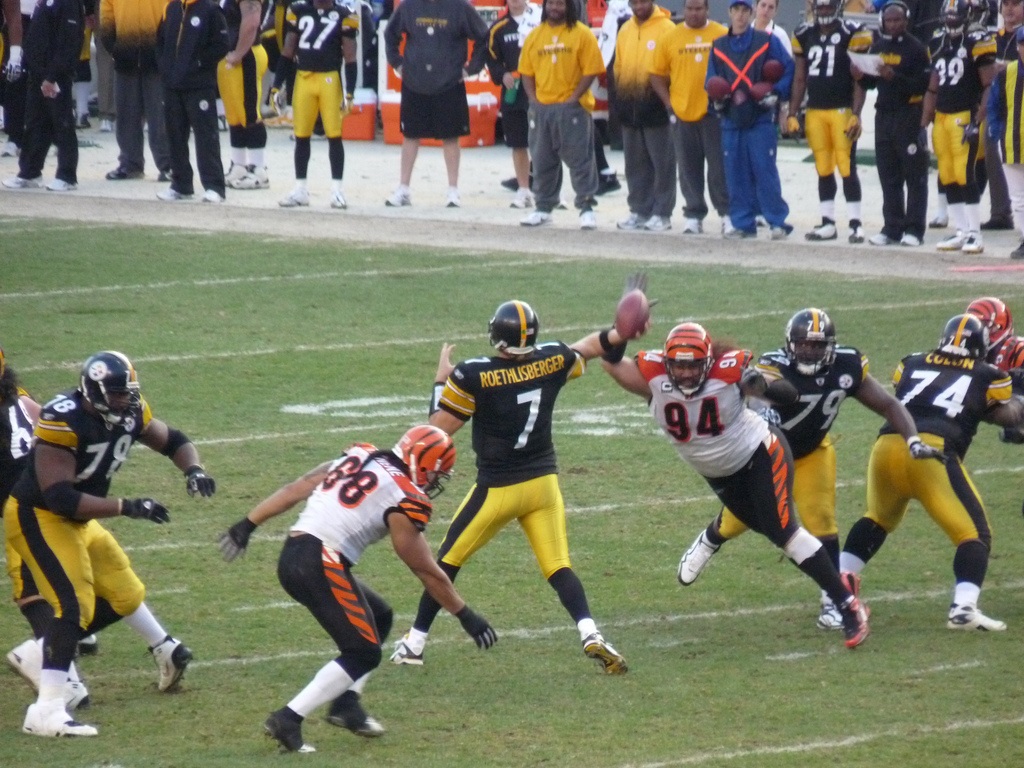
I can’t think of an easier Mirror Images tandem than teammates. Cian Fahey profiled Ben Roethlisberger and Troy Polamalu. I’m following suit with a pair of 49ers with freakish athleticism and great versatility.
It’s only natural to me that two of the best all-around athletes with great scheme versatility – Vernon Davis and Patrick Willis – are mirror images. The fact that they have sometimes been limited by system changes and happen to be teammates only reinforces my point.
If I were feeling particularly wild I could throw Navarro Bowman into the equation and create a three-way, fun house mirror. But I don’t want to disorient anyone.
Let’s address one point right away: The interaction between an inside linebacker and tight end isn’t as frequent as say an outside linebacker or tight end or a safety and a tight end, but the comparison works from a pre snap perspective. The offense is accounting for the middle linebacker and the defense is accounting for the tight end. So these two positions might not face each other, but they are the positions their teammates have to account for every down.
When a team has a tight end or inside linebacker with the versatility to excel in every facet of the game, it places tremendous pressure on their opponents during the pre snap phase of a play. Because both players present mismatches, it’s not just a matter of getting into the best possible alignment to neutralize them. Individual players still have to execute against them and as we know, it’s easier said than done to win snap-to-snap battles with Davis or Willis.
I’ve said this before, but I think Vernon Davis is the best tight end in football. Rob Gronkowski is the more popular choice and as an athlete at the tight end position he’s in the conversation with the Davis. However, I think the Patriots have been the best in the NFL at showcasing the tight end position as a primary statistical weapon. It may not be a popular opinion, but I think Davis or Jason Witten could have thrived as much as Gronkowski if Bill Belichick and company somehow acquired either one.

Davis has 4.3-speed, receiver’s hands, and the body control of a vertical threat and can get open as an in-line tight end, H-back, slot man, or split wide from the formation. He also possesses the acceleration, strength, and agility to make life miserable for the back-seven of a defense as a ball carrier. You may not see Davis hurdling opponents in the open field, but that’s because he’s quick and agile enough to defeat defensive angles without resorting to these tactics.
Willis mirrors Davis’ athletic prowess on defense because of his terrific sideline-to-sideline range. He can stop plays up the middle or on the perimeter. Just like Davis, Willis has the explosive strength and quickness to disengage from opponents early and find the open area to make the play. Willis is also just as adept as a 3-4 inside linebacker as he is a 4-3 middle linebacker. Although he hasn’t had to do so, I think Willis could be a fine outside linebacker if called upon.
The reason is that the 49ers linebacker also has the athleticism, field awareness, and skill to blitz the quarterback. Willis has shown in the past that he’s a most disruptive presence when the team has opted to employ interior perimeter pressure with an inside linebacker. We don’t see this often from Willis, because his skills in coverage are in greater demand for the schemes used in San Francisco.
At times during his career in San Francisco, Davis also been limited by scheme. Mike Martz did not employ an offense that minimized the receiving skills of the tight position and it meant the team’s best weapon – apologies to Isaac Bruce during that time – was used in pass protection. Davis is a fine run and pass blocker, but you don’t ask a thoroughbred to be a plow horse if you have a stable of capable plow horses that can’t run.
Even if Davis and Willis aren’t always posting the box score stats that match their potential, both players are integral parts of the 49ers’ success because their presence makes life easier on teammates to excel. When called upon, they can also dominate an opponent with game-changing plays.
Whereas Roethilsberger and Polamalu are the ultimate improvisers that require schemes to bend to their will in order to maximize their prowess, Davis and Willis have become great team players who fit anywhere and everywhere. The scary thing is that I still don’t think the 49ers have exploited their full potential.













